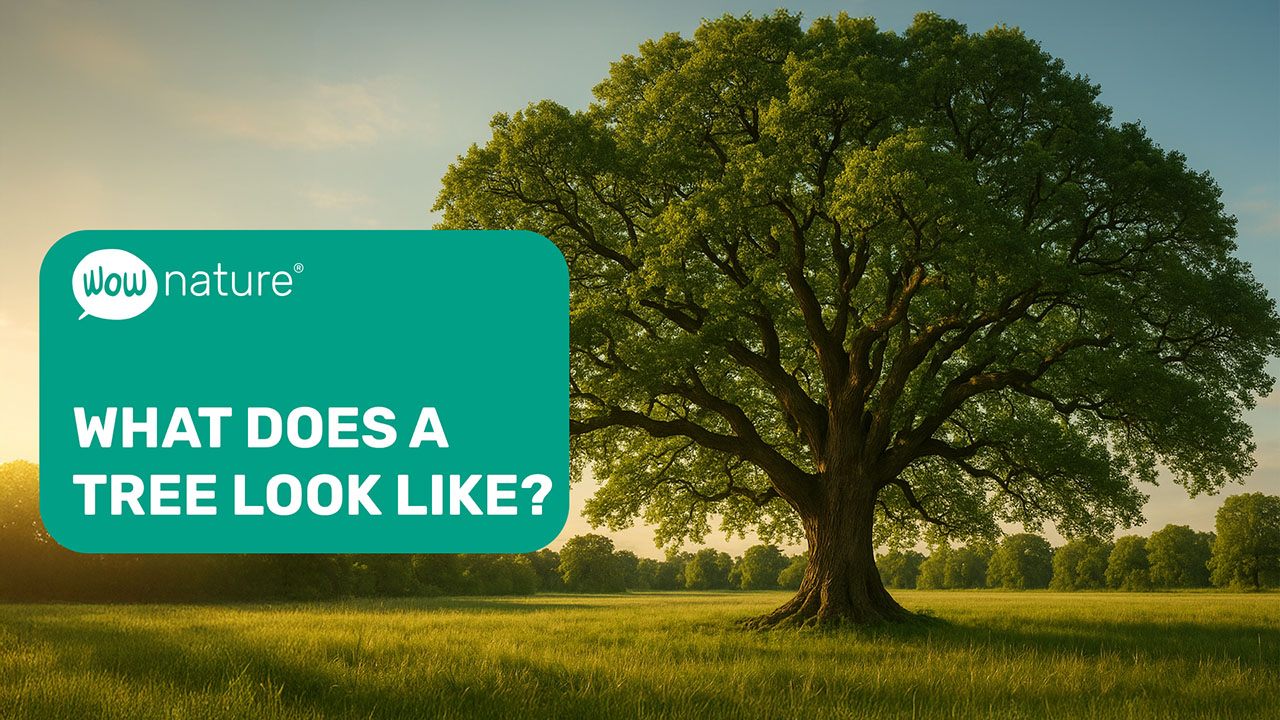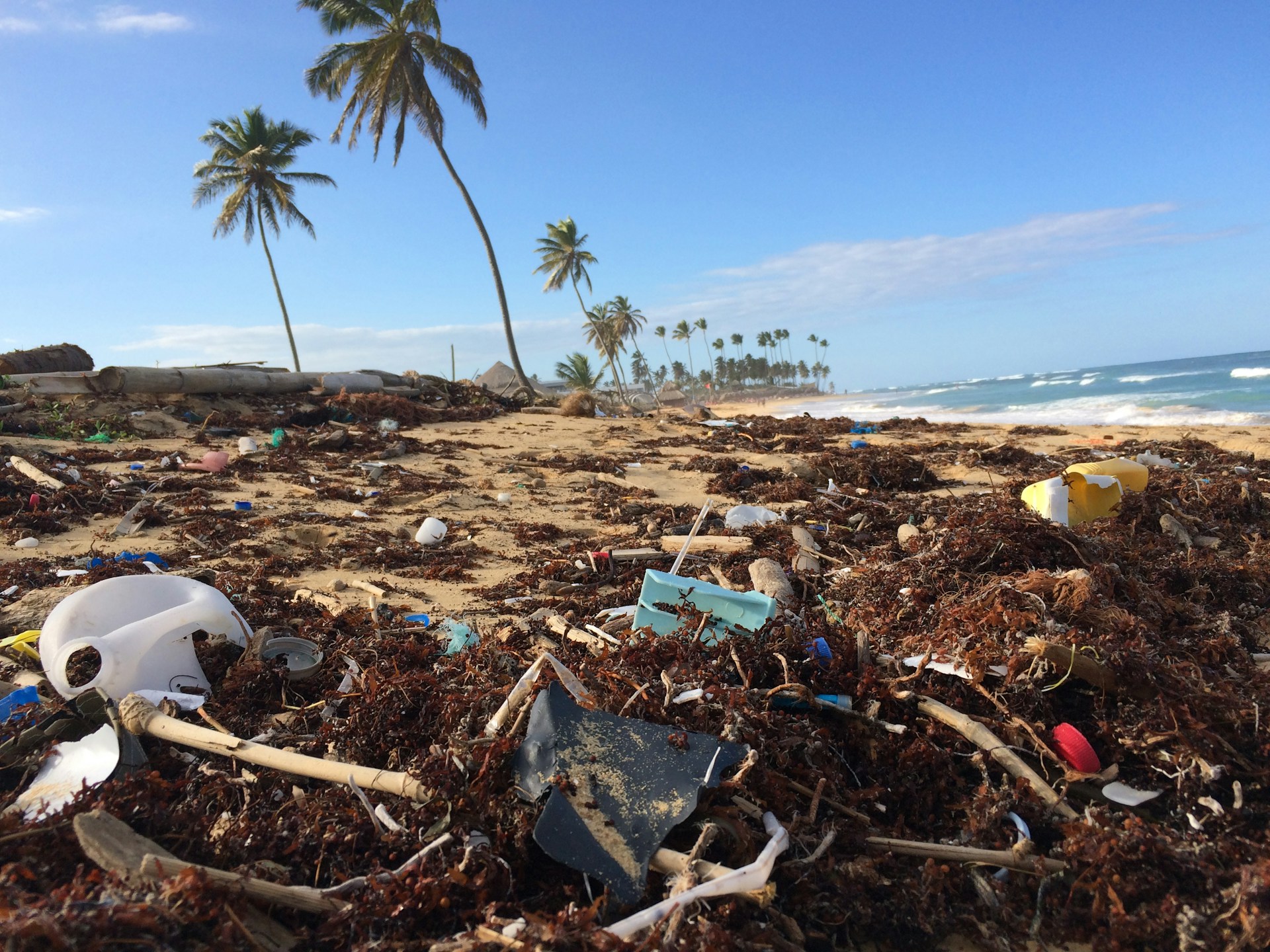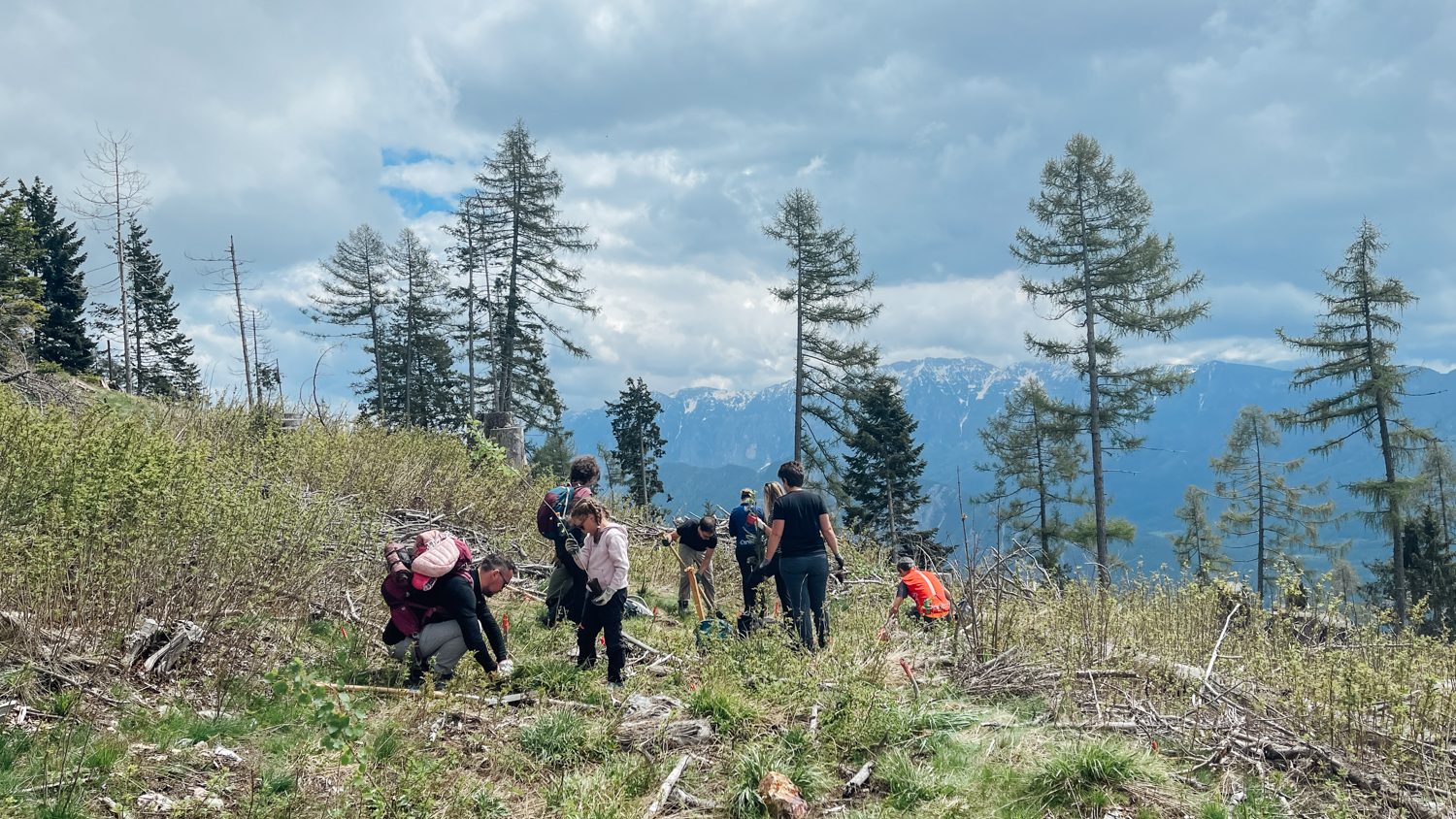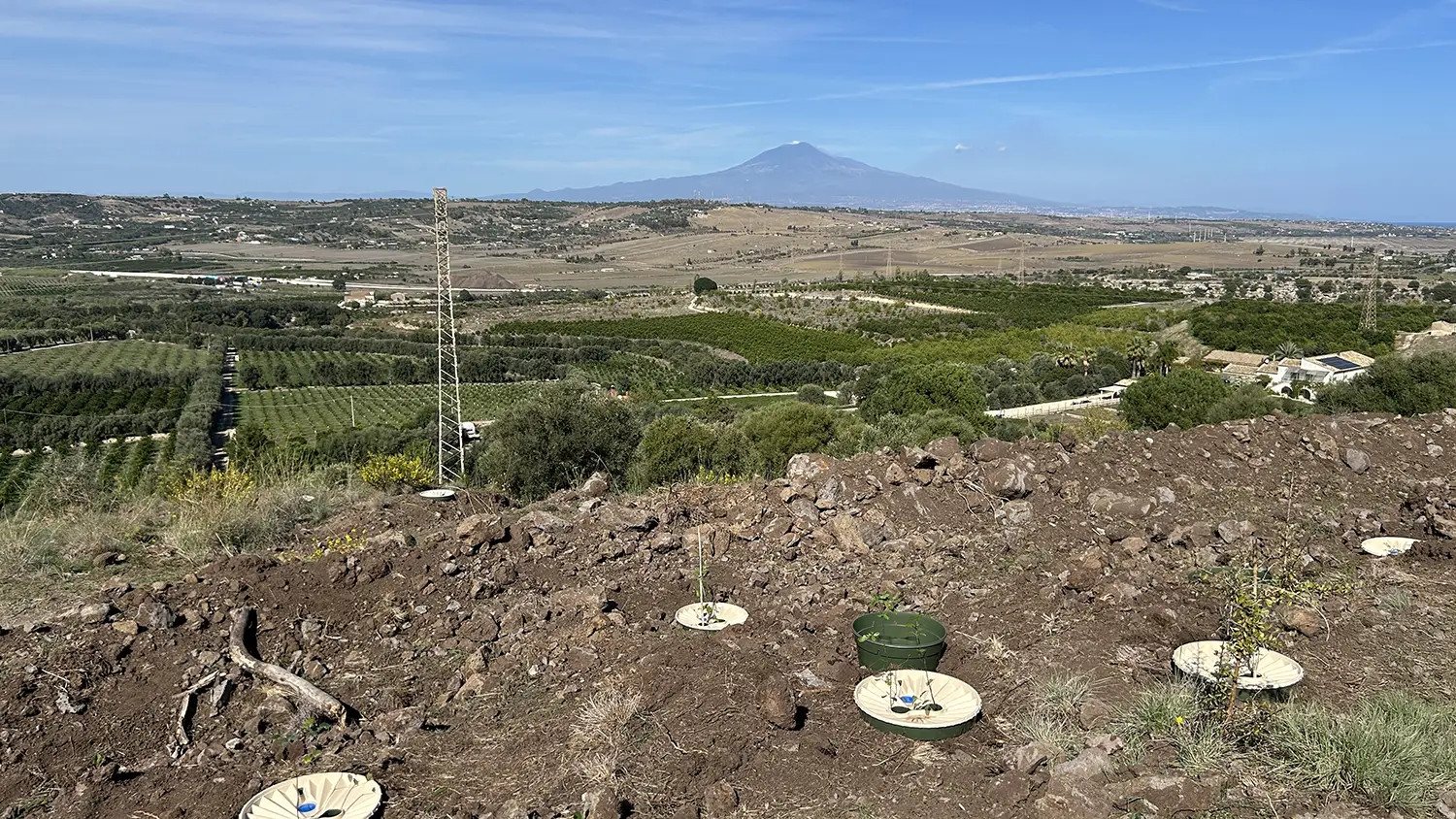
How can you spot fake news about climate change?
- ,
- , Blog for people
Why is so much fake news circulating?
Climate disinformation does not arise spontaneously. In many cases, it is the result of well-orchestrated campaigns, often financed by industry sectors with an interest in delaying decarbonisation policies. Over the years, these narratives have penetrated the public debate and social media, contributing to confusion and mistrust.
In other cases, misinformation stems from cognitive biases and individual resistance: admitting the existence and seriousness of climate change also means accepting the need to change personal and collective behaviour. Not everyone is ready to do this.
The 4 main strategies of climate disinformation
Much of the disinformation can be traced back to four main categories. Recognising them helps to decode misleading messages even when they present themselves in new forms.
1. Denial of the phenomenon
People question the very existence of climate change, often referring to isolated weather conditions, such as a cold wave, to deny the evidence of long-term global warming.
This is a false conclusion as it confuses local weather with global climate, which is measured on much larger spatial and temporal scales.
2. Denial of anthropogenic origin
This strategy admits that the climate is changing, but attributes the causes exclusively to natural factors such as volcanic eruptions. It is true that the climate has always been changing, but the current warming is too rapid and too consistent with increasing greenhouse gas emissions to be explained by natural causes. Scientific evidence places the main responsibility on human activity – in particular the use of fossil fuels.
3. Denial of scientific consensus
Here, scientists are made to believe that they do not agree with each other on the subject. In reality, there is a broad consensus within the scientific community: over 97% of climate studies agree that global warming is real and is caused by human activities. Denying this consensus undermines trust in science and contributes to inaction.
4. Minimisation of the problem
There is a tendency here to reduce the magnitude and severity of the impacts, for example by claiming that the average increase in temperatures will be marginal or that it will have positive effects. This narrative ignores the fact that even seemingly small changes in global average temperature can destabilise ecosystems, increase the frequency of extreme events and compromise the food and water security of millions of people.
How to recognise fake climate news?
Some useful criteria:
– Check the sources: articles without scientific references or based on unverified personal opinions should be taken with caution.
– Check the background of the speaker: not all opinions we hear come from people qualified on the subject.
– Recognise false dilemmas: science is not based on opposing opinions but on verifiable data.
– Ask yourself: who stands to gain? Some theses are supported by groups with direct economic interests.
How to recognise climate change fake news?
Fake climate news is not only wrong but also slows down responses to the climate crisis, influences public opinion and conditions political choices.
Knowing how to recognise them is the first step to defending scientific knowledge and promoting evidence-based decisions.
Watch the full video ‘How to recognise climate change fake news?’ to learn more about how to recognise the main mechanisms of climate misinformation.
SHARE
Other posts


What does a tree look like?


Updates from Bosco della Panarotta



